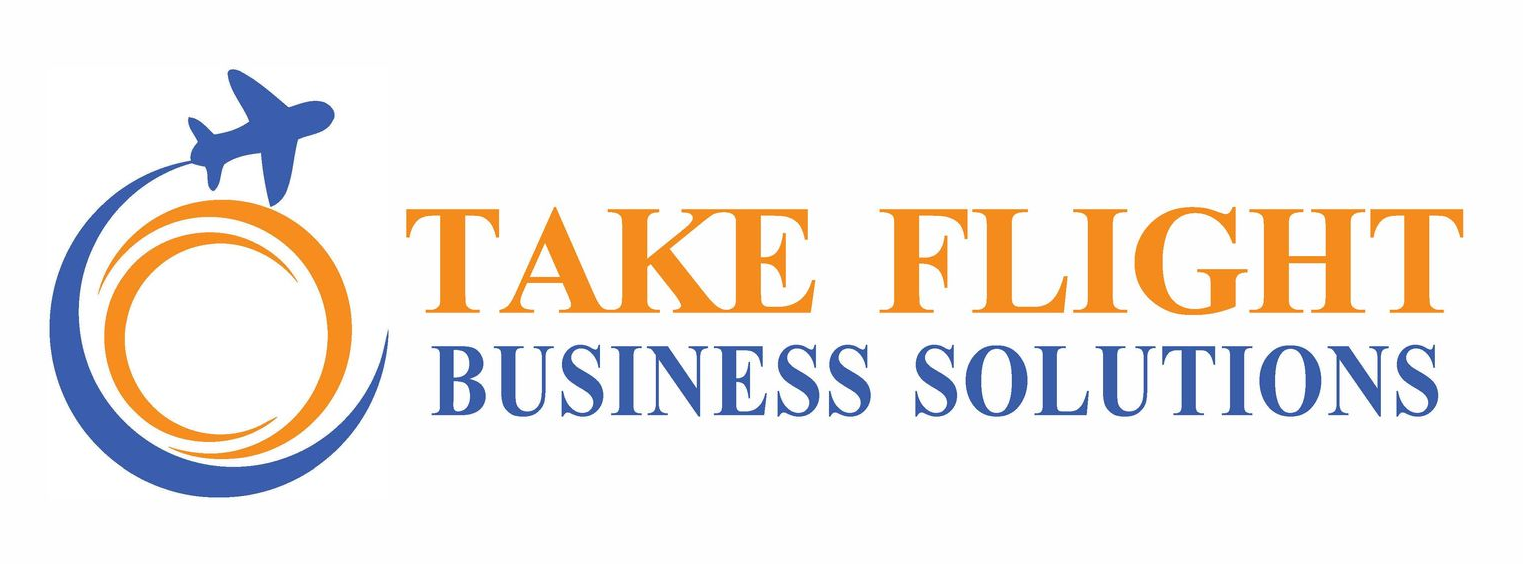Donor advised funds for tax savings.
Introduction
Did you know that charitable giving in the United States reached a staggering $471.44 billion in 2020, highlighting the nation's remarkable generosity? This significant amount reflects the compassion and commitment of individuals and organizations toward making a positive impact on society.
In this landscape of philanthropy, Donor-Advised Funds (DAFs) have emerged as a powerful and growing tool for both charitable giving and tax planning. DAFs are specialized accounts that allow donors to contribute funds to support charitable causes, while also providing a range of benefits, particularly in terms of tax efficiency.
The purpose of this blog post is to educate readers on the practical benefits of leveraging DAFs for both tax savings and effective charitable giving. We will explore the mechanics of DAFs, their flexibility, and how they can be customized to align with individual philanthropic goals. By understanding the advantages DAFs offer, readers can make informed decisions about incorporating this tool into their overall financial and philanthropic strategy.
Understanding Donor-Advised Funds
A Donor-Advised Fund (DAF) is a philanthropic vehicle that allows donors to make charitable contributions, receive immediate tax benefits, and then recommend grants from the fund over time. DAFs are established and operated by public charities, commonly referred to as sponsoring organizations. Donors contribute to the fund and retain the ability to advise on the distribution of funds to qualified charitable organizations.
Over the years, Donor-Advised Funds have evolved to become a prominent and flexible tool in the philanthropic landscape. The 21st century has witnessed a substantial increase in the number of DAFs, driven by their appeal to donors seeking efficient and strategic ways to manage their charitable giving. This growth has made DAFs accessible to a broader audience, including individuals, families, and businesses.
How DAFs Operate:
Contributing Funds: Donors contribute cash, appreciated securities, or other assets to a Donor-Advised Fund. Once the contribution is made, it becomes irrevocable, and the donor receives an immediate tax deduction for the charitable donation.
Receiving Tax Deductions: One of the key advantages of DAFs is the ability for donors to receive an immediate tax deduction for their contributions. This deduction applies to the tax year in which the contribution is made, allowing donors to optimize their tax planning.
Advising on Grants: Donors retain the privilege of advising the sponsoring organization on how to distribute funds from the DAF to qualified charitable organizations. This advisory role allows donors to support various causes and charities over time, providing flexibility and strategic impact.
Role of Sponsoring Organizations
Sponsoring organizations play a crucial role in managing Donor-Advised Funds. These organizations are typically public charities or community foundations that administer the funds, invest the assets, and ensure compliance with regulatory requirements. They handle the administrative responsibilities, including due diligence on recommended grants to ensure they align with charitable purposes.
In essence, DAFs offer donors a structured and efficient way to engage in philanthropy, combining the benefits of immediate tax deductions with the flexibility to support charitable causes over an extended period. The involvement of sponsoring organizations ensures the proper management and compliance of DAFs within the regulatory framework governing charitable activities.
Immediate Tax Deduction Benefit
Contributing to a Donor-Advised Fund (DAF) provides donors with an immediate tax deduction. When donors make a contribution to a DAF, they can deduct the full fair market value of the donated assets on their income tax return for the year in which the contribution is made. This deduction applies to both cash and appreciated assets.
Itemized Deductions and Changes in Tax Laws: The tax deduction for DAF contributions is part of itemized deductions on the donor's income tax return. However, it's crucial to note that changes in tax laws can impact the deductibility of charitable contributions. For instance, the Tax Cuts and Jobs Act (TCJA) implemented changes in 2018, which increased the standard deduction. As a result, fewer taxpayers may find it advantageous to itemize deductions. Donors should be aware of the current tax laws and consult with tax professionals to determine the most effective approach based on their individual circumstances.
Contributing Appreciated Assets to Avoid Capital Gains Taxes:
One significant benefit of contributing appreciated assets, such as stocks, to a DAF is the ability to avoid capital gains taxes. Consider a scenario where an individual purchased stocks for $5,000, and the current market value has appreciated to $15,000. If the individual sells the stocks, they would incur capital gains taxes on the $10,000 gain. However, by contributing the appreciated stocks to a DAF, the donor can receive a tax deduction for the full $15,000 market value without triggering capital gains taxes. This allows donors to maximize their charitable impact while optimizing their tax position.
Five-Year Carry-Forward for Unused Deductions:
In the context of DAFs, donors can carry forward unused deductions for up to five years. This means that if a donor's total deductions exceed their income in a given tax year, the excess can be carried forward and applied to reduce taxable income in future years. This five-year carry-forward provides flexibility for donors, allowing them to strategically plan their contributions to maximize tax benefits over a longer timeframe.
Alternative Minimum Tax (AMT) Implications:
It's essential to consider the implications of the Alternative Minimum Tax (AMT) when engaging in charitable giving, including contributions to DAFs. While DAF contributions are generally deductible for both regular tax and AMT purposes, donors should be aware of their overall tax situation. The AMT has its own set of rules, and high levels of itemized deductions can affect whether a taxpayer becomes subject to the AMT. Consulting with a tax professional can help donors navigate the complexities of AMT and ensure an optimal tax strategy.
Donor-Advised Funds offer not only the immediate tax deduction benefit but also strategic opportunities for optimizing tax efficiency through considerations such as contributing appreciated assets and utilizing the five-year carry-forward for unused deductions. Understanding these nuances allows donors to make informed decisions that align with their philanthropic goals and financial planning.
Comparison with Other Charitable Giving Methods:
Donor-Advised Funds (DAFs) present a distinct approach to charitable giving compared to direct donations, private foundations, and trusts. In terms of administrative ease, DAFs stand out as efficient vehicles. Unlike private foundations and trusts, DAFs are managed by sponsoring organizations, alleviating donors from the administrative burden of compliance and reporting.
Cost-effectiveness is another key factor favoring DAFs. Establishing and maintaining a private foundation typically involves considerable expenses and ongoing administrative responsibilities. DAFs, on the other hand, offer a more affordable alternative with lower minimum contribution requirements, making philanthropy accessible to a broader range of donors.
Control and privacy vary across giving methods. While private foundations provide a high level of control, they come with stricter regulations and transparency requirements. DAFs strike a balance by allowing donors to advise on grants while maintaining a level of anonymity. Direct donations lack the structured advisory role but offer immediate control.
In terms of philanthropic impact, DAFs offer flexibility, enabling donors to support multiple causes over time. Trusts may have specific purposes, and private foundations often require significant endowments. Direct donations lack the structured approach to long-term impact seen in DAFs. Ultimately, the choice between these methods depends on donors' preferences, resources, and the desired balance between control, cost, and impact.
In summary, leveraging Donor-Advised Funds (DAFs) offers donors several key benefits for tax savings and effective charitable giving:
- Immediate Tax Deductions: DAF contributions provide donors with an immediate tax deduction for the fair market value of donated assets, optimizing tax efficiency.
- Avoidance of Capital Gains Taxes: Contributing appreciated assets, such as stocks, allows donors to avoid capital gains taxes, maximizing the impact of their charitable contributions.
- Flexibility and Strategic Giving: DAFs enable donors to plan and advise on grants over time, providing flexibility to support various causes and adapt to changing philanthropic priorities.
- Administrative Ease and Cost-Effectiveness: DAFs are administratively efficient, cost-effective alternatives to private foundations, with lower minimum contribution requirements.
Importance of Consulting Financial and Tax Advisors:
To fully realize these benefits, it is crucial for donors to consult with financial and tax advisors. Tailoring DAF contributions to individual financial situations ensures a personalized and optimized approach, considering factors such as tax laws, itemized deductions, and the overall financial landscape.
Broader Perspective on the Impact of DAFs:
Beyond individual benefits, DAFs play a pivotal role in fostering a culture of philanthropy and addressing societal challenges. They democratize charitable giving, making it accessible to a diverse range of donors. This democratization contributes to a collective effort to address pressing issues and create positive societal change.
References and Further Reading:
For readers seeking in-depth information, consider exploring resources from reputable financial advisory firms, IRS publications, and philanthropic research organizations:
"Understanding Donor-Advised Funds" - IRS Publication 526
These sources provide valuable insights and guidance, ensuring that donors are well-informed as they navigate the landscape of charitable giving and Donor-Advised Funds.












